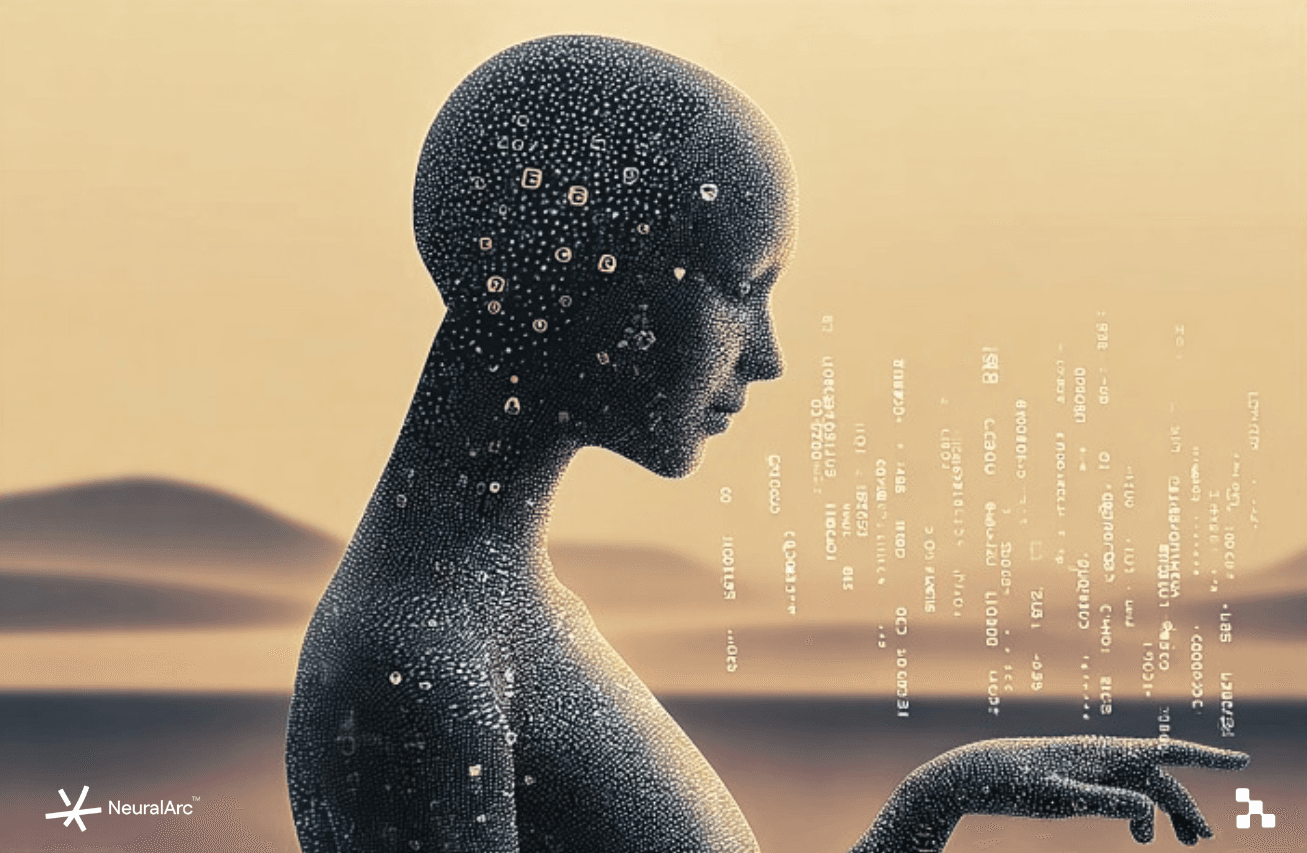The world isn't just text on a page; it's a vibrant tapestry of sights, sounds, and interactions. For years, artificial intelligence has largely been confined to processing information through a single lens, often limited to text or images in isolation. Now, the game is changing. Multimodal intelligence is emerging as the next revolutionary leap in AI, enabling machines to see, speak, and understand the world in a more holistic and human-like way. It's no longer about just recognizing objects in a picture; it's about understanding the context, the emotions, and the subtle nuances conveyed through a combination of visual, auditory, and textual information.
Unlocking the Power of Multimodal AI
Multimodal AI systems learn from multiple data modalities – images, audio, video, and text – simultaneously. This allows them to develop a richer and more nuanced understanding of the world. Imagine an AI that can analyze a video, not only identifying the objects and actions taking place but also understanding the emotions expressed by the actors through their facial expressions and tone of voice. This deeper level of comprehension unlocks a wealth of possibilities across various industries. Multimodal learning enables AI to achieve tasks previously considered impossible for single-modality models.
One of the key benefits of multimodal AI is its ability to overcome the limitations of single-modality systems. For example, a text-based sentiment analysis tool might misinterpret sarcasm or irony. However, a multimodal system that also considers the speaker's tone of voice and facial expressions is much more likely to accurately assess the true sentiment.
Applications Across Industries
The applications of multimodal AI are vast and rapidly expanding. Here are just a few examples:
- Content Creation: Automatically generating captions for videos, creating summaries of meetings, and even composing music based on visual inspiration.
- Marketing: Analyzing customer reactions to advertisements by combining facial expression recognition with survey data, allowing for more targeted and effective campaigns.
- Customer Service: Providing more personalized and efficient support by understanding customer emotions through voice analysis and visual cues during video calls.
- Healthcare: Assisting doctors in diagnosing diseases by analyzing medical images alongside patient history and symptoms.
- Accessibility: Generating audio descriptions for videos, making them accessible to visually impaired individuals.
Transforming Content Creation, Marketing, and Customer Experience
Multimodal AI is not just a technological advancement; it's a paradigm shift that is fundamentally changing how we create content, engage with customers, and deliver exceptional experiences. Consider the impact on content creation. An AI system could analyze trending topics, identify relevant visual elements, and even generate compelling narratives, significantly reducing the time and resources required to produce high-quality content. In marketing, multimodal AI allows for a deeper understanding of customer behavior and preferences. By analyzing data from multiple sources, marketers can create highly targeted campaigns that resonate with their audience on an emotional level. This leads to increased engagement, higher conversion rates, and stronger brand loyalty.
The impact on customer experience is equally profound. Imagine a customer service agent empowered with multimodal AI. This agent can not only understand the customer's words but also detect their emotional state through voice analysis and visual cues. This allows them to respond with empathy and provide personalized solutions, leading to increased customer satisfaction and loyalty. Furthermore, multimodal AI can automate many routine tasks, freeing up human agents to focus on more complex and demanding issues.
Challenges and Future Directions
While the potential of multimodal AI is immense, there are also significant challenges to overcome. One of the biggest hurdles is the complexity of integrating and synchronizing data from different modalities. Each modality has its own unique characteristics and requires specialized processing techniques. Developing robust and reliable multimodal models requires significant computational resources and expertise. Data biases inherent in training datasets are another concern. If the data used to train a multimodal AI system is biased, the system may perpetuate and even amplify those biases.
Looking ahead, the future of multimodal AI is bright. As research continues and technology advances, we can expect to see even more sophisticated and powerful multimodal systems emerge.
The key to unlocking the full potential of multimodal AI lies in developing more robust and reliable models, addressing data biases, and fostering collaboration between researchers and practitioners.
- Develop advanced algorithms for multimodal data fusion.
- Create diverse and representative training datasets.
- Establish ethical guidelines for the development and deployment of multimodal AI.
The possibilities are endless. As AI becomes increasingly integrated into our lives, multimodal intelligence will play a crucial role in shaping the future of human-computer interaction.
Multimodal intelligence represents a major advancement in artificial intelligence, combining the power of sight, sound, and language to create systems that understand the world more deeply and contextually. This fusion is set to transform industries, elevate customer experiences, and open up entirely new possibilities. As the technology continues to evolve, it promises to bring forth groundbreaking applications that make AI more intuitive, insightful, and human-like than ever before.
